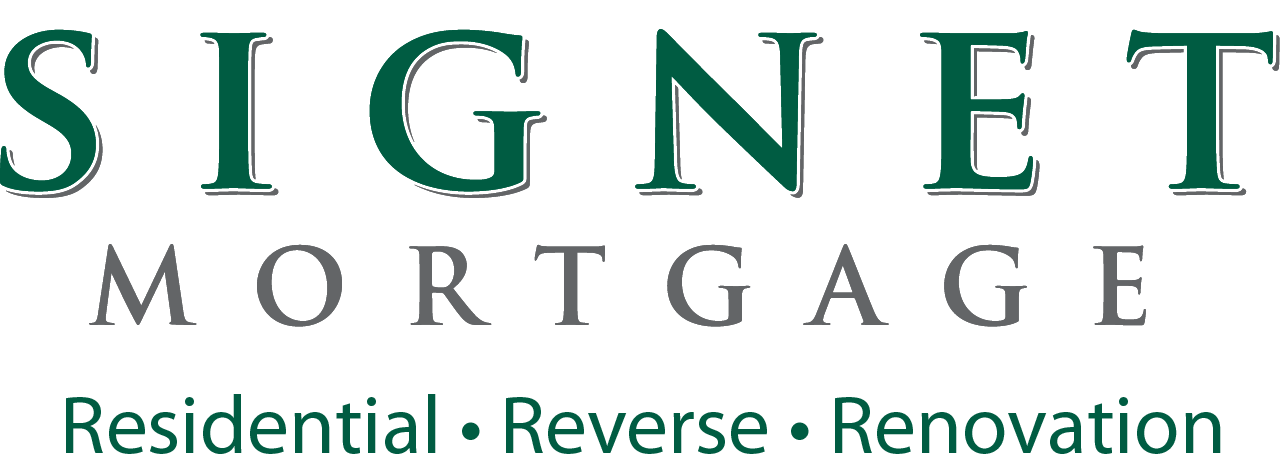January 26, 2023
FHA Minimum Property Standards
Understanding FHA Minimum Property Standards
When you move into a home, you have every right to expect it to be safe and ready for you to inhabit. Borrowers and lenders both benefit from FHA minimum property standards. While some are pretty basic, having these spelled out sets a minimum livability standard.
The FHA’s minimum property standards cover three requirements:
Safety: The house should provide a safe and healthy environment.
Security: The property should offer its occupants protection.
Soundness: The home shouldn’t have any structural defects.
These criteria are meant to protect those buying a home with an FHA loan. They ensure that properties are move-in ready, meaning they meet a minimum standard for livability.
From a lender’s perspective, it’s important to realize that the collateral for mortgage loans comes from the value of real estate. The property that’s being condemned because the roof is about to cave in or because the house sits on an unstable foundation is severely damaged from a value perspective. It can be a total loss at worst. At best, a buyer wouldn’t be able to move in right away.
Although the focus of this post is FHA minimum property standards, it’s important to note that there are similar guidelines for other government-funded mortgages, including VA loans.
How Do the FHA Minimum Property Standards Work?
An FHA appraisal is one performed by an FHA appraiser. There are two main components to the process:
- The appraiser makes sure the home meets the FHA’s minimum property standards. This is where the appraiser will do the checks mentioned earlier for safety, security, and soundness.
- The appraiser has to give an opinion on the value of the property.
Each FHA appraisal is based on a form called the Uniform Residential Appraisal Report. It asks the appraiser to fill out some basic information on the property and the state of the neighborhood surrounding it. Beyond that, it gets into the physical condition of the property as well as what features the property has, including those that might be unique (for example, solar panels or a swimming pool).
On the second and third page, the appraiser is asked to look at up to three comparable sales in the area and adjust the property value, either positively or negatively, based on how the subject of the appraisal compares against these other properties. From this, the appraiser gives an opinion of value of the property, which is used for the purpose of the mortgage.
The Bottom Line
FHA minimum property standards protect both lenders and buyers from the struggles that come with properties that have significant physical damage or pose a health and safety hazard of some sort.
Common issues appraisers look for in the exterior are damaged roofs, cracks in foundations and anything blocking access to the property. When it comes to the interior, they look for basic things like missing handrails or chipped or peeling paint that could indicate a lead hazard. Additionally, a home’s major systems, basement or crawl space, and bathrooms are all checked to make sure they’re in working order.
Now that you understand FHA minimum property standards, you can look into your mortgage options by connecting with me. I look forward to helping you realize the dream of homeownership. You can reach me at the contact information listed below.

; ?>/assets/images/bg-content.jpg)
 Back
Back 